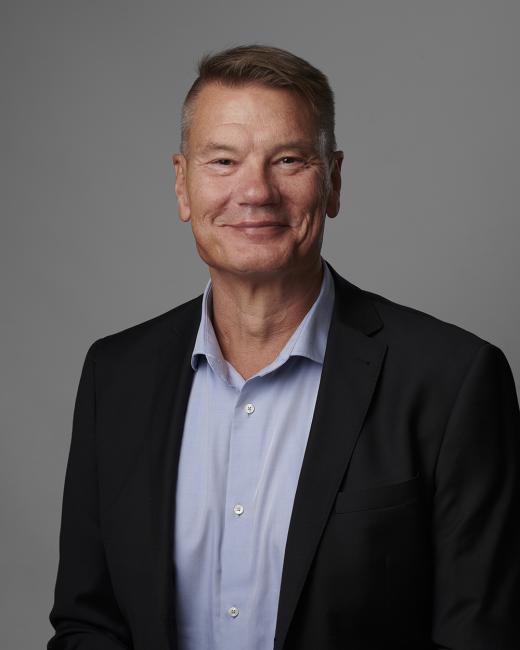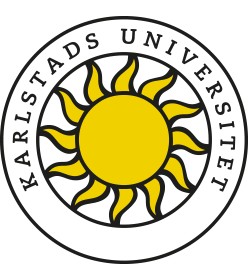Mikael Grehk, Professor of Materials Engineering
“The foundation of Materials Engineering is to understand how the building blocks of materials, or their microstructures, interact on different length scales and result in different properties such as strength impact resistance, fatigue strength, abrasion resistance, electrical properties and corrosion resistance.”

Mikael Grehk was born in Filipstad and grew up in Karlstad, where he graduated with an upper secondary school engineer degree from Älvkullegymnasiet. He was hired as a chemist at Pharmacia in Uppsala and studied Physics and Chemistry at the university. After completing his studies, Mikael Grehk received a PhD in Materials Engineering at KTH Royal Institute of Technology. He worked as a postdoc for three years at Detaches Electronic-Synchrotron in Hamburg and then as a research associate at Malabo in Lund. After his position in Lund ended, he taught as a lecturer at Dalarna University for eight years. He then moved on to the industrial sector and worked at Sandvik AB for ten years, with various research issues. About four years ago, the circle was completed, as Mikael Grehk started teaching and doing research at Karlstad University.
"The foundation Materials Engineering is to understand how the building blocks of materials, or their microstructures, interact on different length scales and result in different properties such as strength impact resistance, fatigue strength, abrasion resistance, electrical properties and corrosion resistance. In order to understand the properties of materials, it is important to isolate different phenomena. At Karlstad University, we are testing the mechanical properties of materials using different equipment. Some are bought commercially, while others are developed by the staff here. The mechanical properties correlate to the microstructure and the different steps during the manufacturing process. The aim is to understand the microstructure’s effect on the mechanical properties of different materials, in order to be able to predict properties of materials and to produce materials with better properties than the previous ones."
"Various types of microscopes, such as optical metallography and scanning electron microscopes, as well as X-ray diffraction, are used to characterise the microstructure. I want to understand the connections between different physical processes. One current example is the optimisation of impact resistance in advanced steels. Since there is no commercially available testing equipment, we have developed our own. The next step is to understand how the microstructure is affected by repeated impacts, in order to develop solutions for how to optimise the steel and reach the highest possible impact resistance."
Mikael Grehk wants his research findings to be useful both in the short and long term. In order to find a solution to an issue, you need a both applied research that provide fast results, and experimental a theoretical deep-dives which often take longer but result in more in-depth knowledge.
"Modern research is based on team work, where people with different expertise must cooperate to solve the research issues we are faced with."
Outside of work, Mikael Grehk likes to cook and spend time with his domestic partner, his children and his friends. In order to stay in shape, he bases his exercise on the motto: “any exercise I actually do is good exercise.”

